Since June 1st, the Valencian Community has registered 22 drowning deaths, both on beaches and in swimming pools. However, the total might be far higher because the Valencian Community Health Emergency Service (SESCV) has reported 55 patients treated for drowning-related symptoms. Nineteen of them, or 34.54%, died before receiving treatment from emergency services. Medical workers stabilised the remaining 31 patients and initiated CPR before transferring them to the hospital. The most recent death occurred this morning on a beach in Pinedo.
Although the majority of the cases involve individuals over the age of 65, eleven of those treated are minors. The former typically occurs on beaches when swimming alone, whereas the latter occurs in swimming pools. Alicante has 29 cases, Valencia has 22, and Castellón has four.
Cardiopulmonary massage
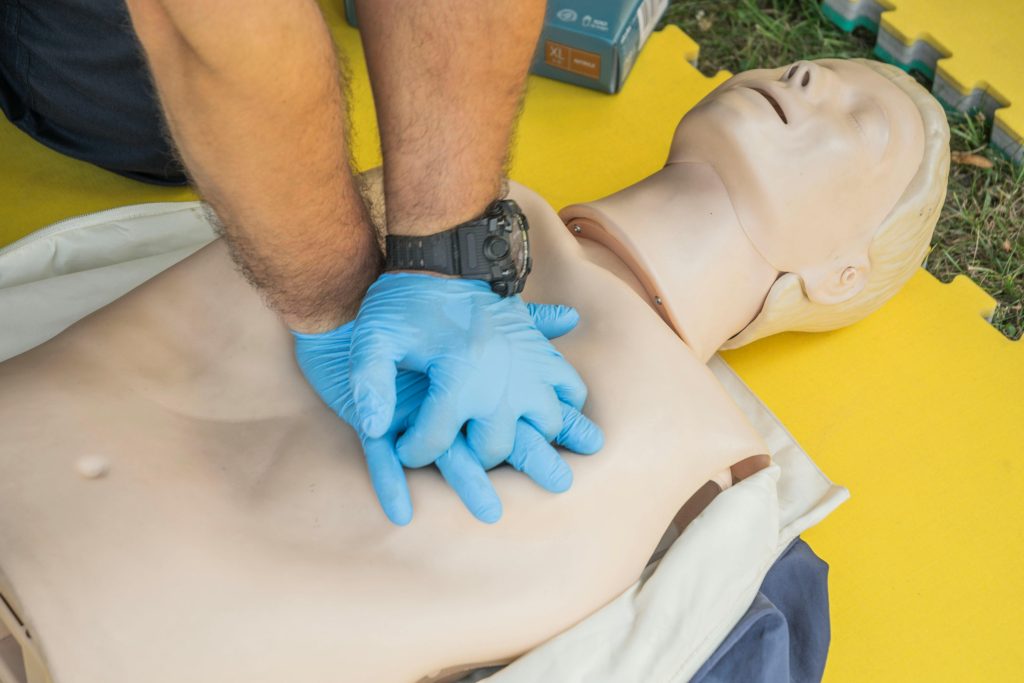
Given this data, the Ministry of Health emphasises the necessity of adopting proper precautions and watching children in bathing places to avoid drownings. Adults should always bathe in company to respond to any crisis and inform emergency personnel as soon as feasible.
Cardiopulmonary resuscitation is critical in most circumstances; hence, the Generalitat (Catalan Government) emphasises the significance of beginning cardiac massage “as soon as possible.” “It is essential for the survival” of persons experiencing drowning symptoms, they explain in a statement. If residents require assistance because they are inexperienced with the resuscitation method, they can get guidance from professionals at the Emergency Information and Coordination Centre (CICU) on how to perform the manoeuvre while waiting for medical personnel to arrive.
The significance of monitoring
Vigilance is a key aspect in prevention, which is why the Ministry of Health is actively promoting the “No Safe Bathing Without Supervision” and “No Safe Bathing Without Company” campaigns. These advertisements emphasise the necessity of overseeing bathing during leisure time, whether in the sea, pools, or other water locations ideal for bathing, because drownings can be avoided with adequate supervision. Furthermore, keep in mind that drowning can occur in as little as 40 seconds.
The communication approach offers tailored suggestions for monitoring at different ages:
Even if a lifeguard is on duty, children under the age of four should always be supervised by an adult, as they are more likely to be involved in a water mishap.
We ask youths to avoid dangerous behaviours. These activities include leaping from rocks or other heights, as well as engaging in risky activities such as underwater breath holding.
And for the adult population, the best advice is to bathe with someone else. “A dizzy spell is enough to drown at a depth of 40 centimetres,” they tell us.
Similarly, advice for safe swimming includes choosing safe swimming places with lifeguards, observing beach flags, remaining near to the coast in natural regions, and using mats and floats with caution to avoid getting washed away by currents, among other things.

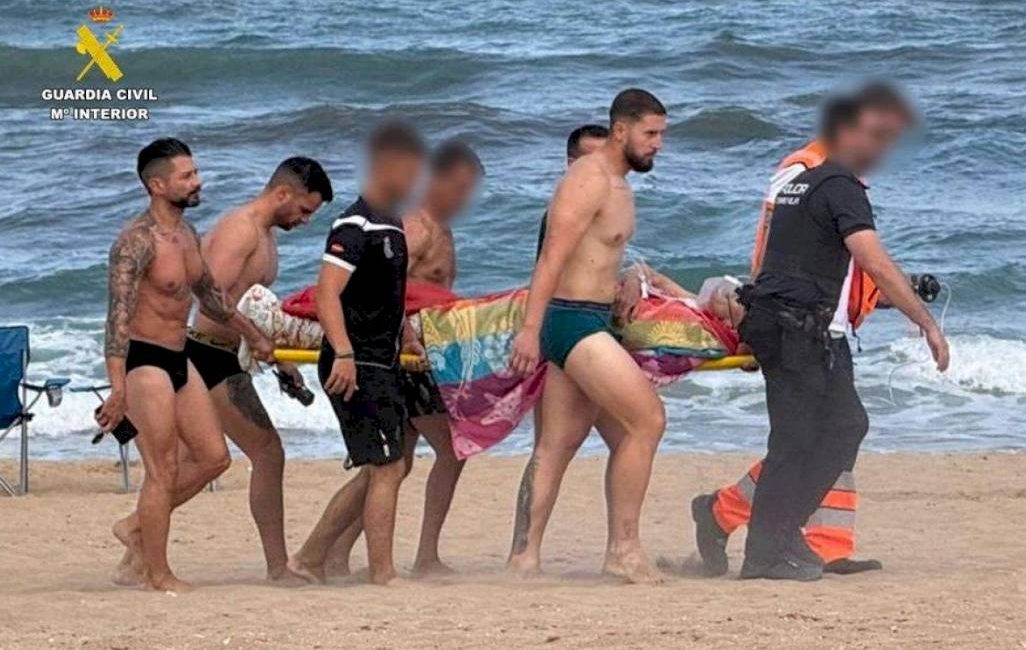


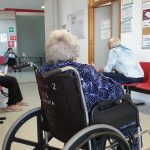


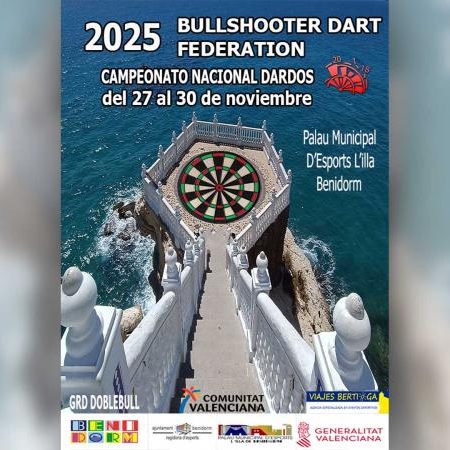
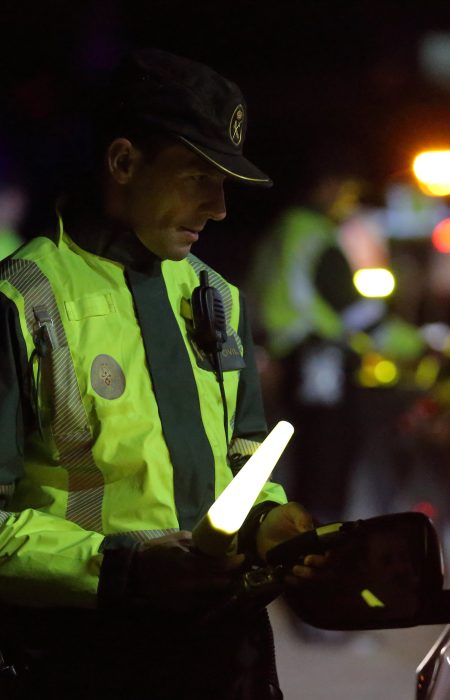
No Comment! Be the first one.